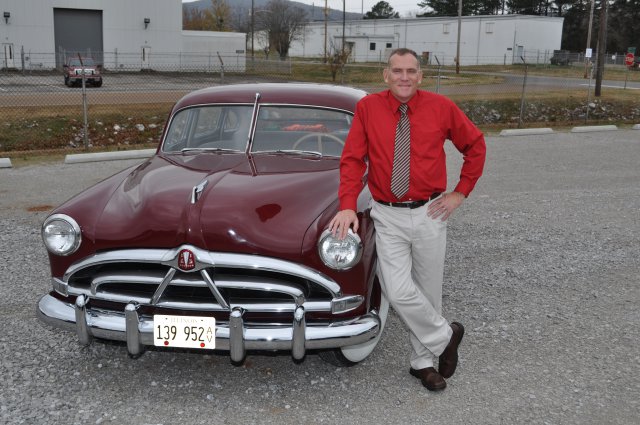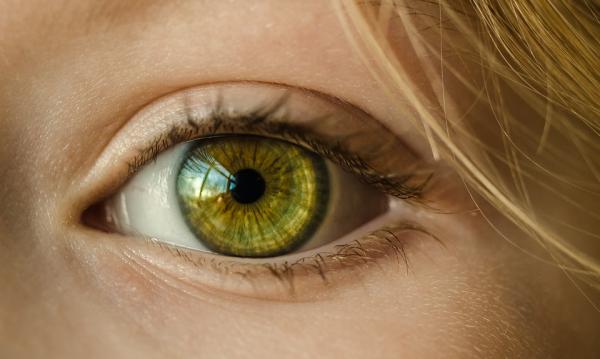Older adults who drive, and those whose vision is gradually becoming ever more faulty due to cataracts, can greatly reduce their risk of being involved in a car accident if they have corrective surgery, a new study has shown.
The results are encouraging news for those who wish to continue driving, but have been ambivalent about having the procedure.
The research, focusing on motorists aged 60 and over, found that drivers who underwent cataract surgery on one eye lowered their crash risk by 61 percent. Further, after the same operation on the other eye, there was a 23 percent drop in associated risk.
The study, published online late last month in the journal Age and Aging, focused on nearly 2,500 drivers in Western Australia, all of whom who had previously been involved in a car accident and had the operation performed on both eyes at separate times between 2004 and 2014.
The group of 2,849 motorists "were involved in 3,113 police-reported crashes as drivers throughout the study period," the authors wrote. "A total of 1,312 participants were involved in 1,347 crashes in the year before first eye cataract surgery, 775 participants were involved in 850 crashes in the period between first and second eye surgery and 895 participants were involved in 916 crashes as the driver in the year after second eye surgery."
 After accounting for age, location, marital status, gender and socio-economic status, among other factors, car accidents per kilometers driven fell significantly after the first stage of the two-step procedure, known also as bilateral cataract surgery.
After accounting for age, location, marital status, gender and socio-economic status, among other factors, car accidents per kilometers driven fell significantly after the first stage of the two-step procedure, known also as bilateral cataract surgery.
Yet, the paper states that the "risk of crashes after second eye surgery was higher than after first eye but still significantly lower than before first eye surgery. This finding may be partially due to the ageing of the sample, since crash risk in known to increase with ageing," adding that "for some patients, first eye surgery results in large discrepancies in vision between the two eyes and patients may not obtain new refractive management until after second eye surgery."
Just over 58 percent of the study's participants were male, and exactly two-thirds were married. Interestingly, females' crash risk per kilometers driven was 22 percent less than males, and those who were unmarried were 6 percent less likely to be involved in an accident.
Cataracts, the leading cause of blindness in United States, begin forming when a clouding sensation is noticed. It physically takes place on the eye lens. Here are signs, according to the Mayo Clinic, that you may have cataracts:
- Clouded, blurred or dim vision
- Increasing difficulty with vision at night
- Sensitivity to light and glare
- Need for brighter light for reading and other activities
- Seeing "halos" around lights
- Frequent changes in eyeglass or contact lens prescription
- Fading or yellowing of colors
- Double vision in a single eye
Since this type corrective surgery will improve eyesight, it's no real surprise that the findings show that an older person's risk of a motor vehicle accident is reduced as a result. But the study's real takeaway is the motivation it can provide fence-sitters whose vision is worsening – especially if they wish to continue driving.
This research has “confirmatory value that cataract surgery and cataract surgery in both eyes, works,” said Dr. Alan Sugar, vice chair of ophthalmology at the University of Michigan’s W. K. Kellogg Eye Center, who was not involved in the study, as quoted by Reuters.
That opinion matches that stated by the authors, Lynn Meuleners, Kate Brameld, Michelle Fraser and Kyle Chow, who wrote in their conclusion that, "These results provide encouragement for the timely provision of first- and second-eye cataract surgery for drivers."




